THRONE OF BLOOD. Kurosawa’s Masterpiece Explained
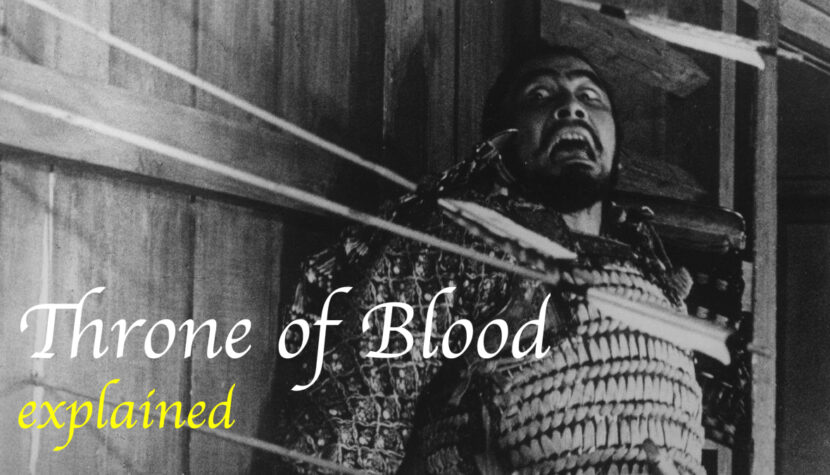
While he may not be the most “Japanese” director—an honor typically given to Yasujirô Ozu, whose work is deeply rooted in Japanese culture and free of foreign influences—Kurosawa is undoubtedly the most internationally recognized.
He did not hide his inspirations from the Western world and other cultural circles. Kurosawa cited American John Ford as his model. He adapted Shakespeare’s works three times, drew literary inspiration from Orthodox Russia by adapting Dostoevsky and Gorky, and created films like the crime drama Stray Dog and the period piece Yojimbo, both heavily influenced by film noir aesthetics. With a background in painting, Kurosawa created conceptual sketches of his films in oil on canvas, and his frames often contain references and allusions to masterful works of art, such as the episode in Dreams set in a world straight out of a Van Gogh painting. Throne of Blood

At the Crossroads of Cultures
Taking inspiration from the world, Kurosawa gave back nearly thirty feature films, a third of which are masterpieces, and almost none are failures. His filmography is eclectic yet remarkably cohesive. Each film is an attempt to find new ways of storytelling within the framework of intercultural dialogue. Kurosawa sought common elements and universal themes, pushing aside individual concepts of faith, social organization, or moral issues. And he did so effectively. For example, from Dostoevsky’s The Idiot, he drew the reflection on an individual’s inability to adapt to their environment and based his protagonist’s struggles on this main idea. Adapting Dashiell Hammett’s crime novel Red Harvest, he set the action in feudal Japan (his favorite setting) and turned the gangster into a masterless samurai. By drawing parallels between cultures, he found almost reverence in the film world.

Throne of Blood and Macbeth
One of the best examples of Kurosawa’s extraordinary ability to think openly and insightfully is the 1957 film Throne of Blood. The film is based on the story of Macbeth, a medieval Scottish general tempted by visions of acquiring the crown, spurred on by his ambitious wife, leading him to commit heinous acts and ultimately bringing about his downfall. Neither the title nor the characters from Shakespeare’s original appear in Kurosawa’s work. Macbeth becomes Prince Washizu, Banquo becomes Miki, and Lady Macbeth becomes Lady Asaji. The time and place of the action are also changed, some plotlines are entirely omitted, and others are altered. Essentially, only the structure of the screenplay and the sequence of scenes remain, along with the most important message: ambition and the pathological desire for power are detrimental to any person, regardless of their situation, faith, or status.
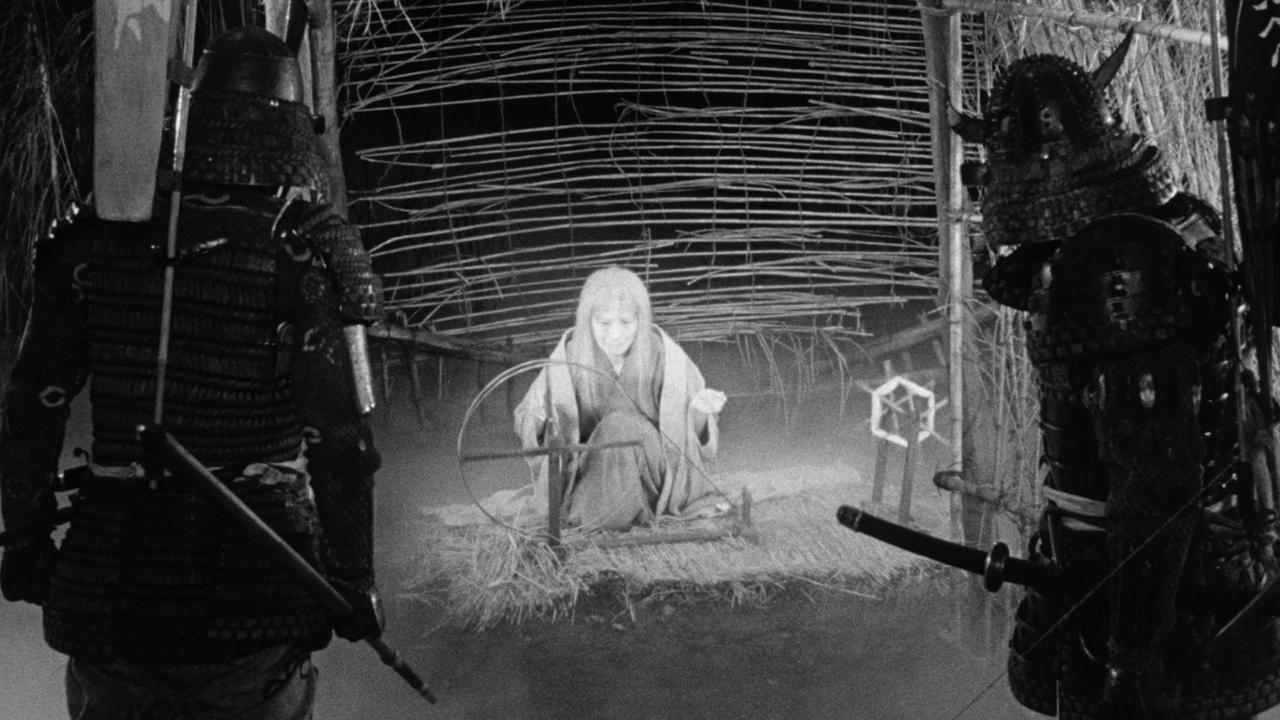
Shakespeare has been adapted many times, each differently, proving the universal significance of his works. However, Kurosawa stands out in film history. He managed to maintain the unique character of his works. Despite downplaying the cultural context, Japanese mentality and sensitivity still permeate his films. In the details and nuances, some behaviors of the Japanese characters may surprise European or American viewers. The solutions in terms of framing and editing remain characteristic of Kurosawa throughout his work. Inspirations from Japanese art and thought are as important as foreign ones. Kurosawa’s films are both familiar and foreign, making them highly susceptible to various interpretations.
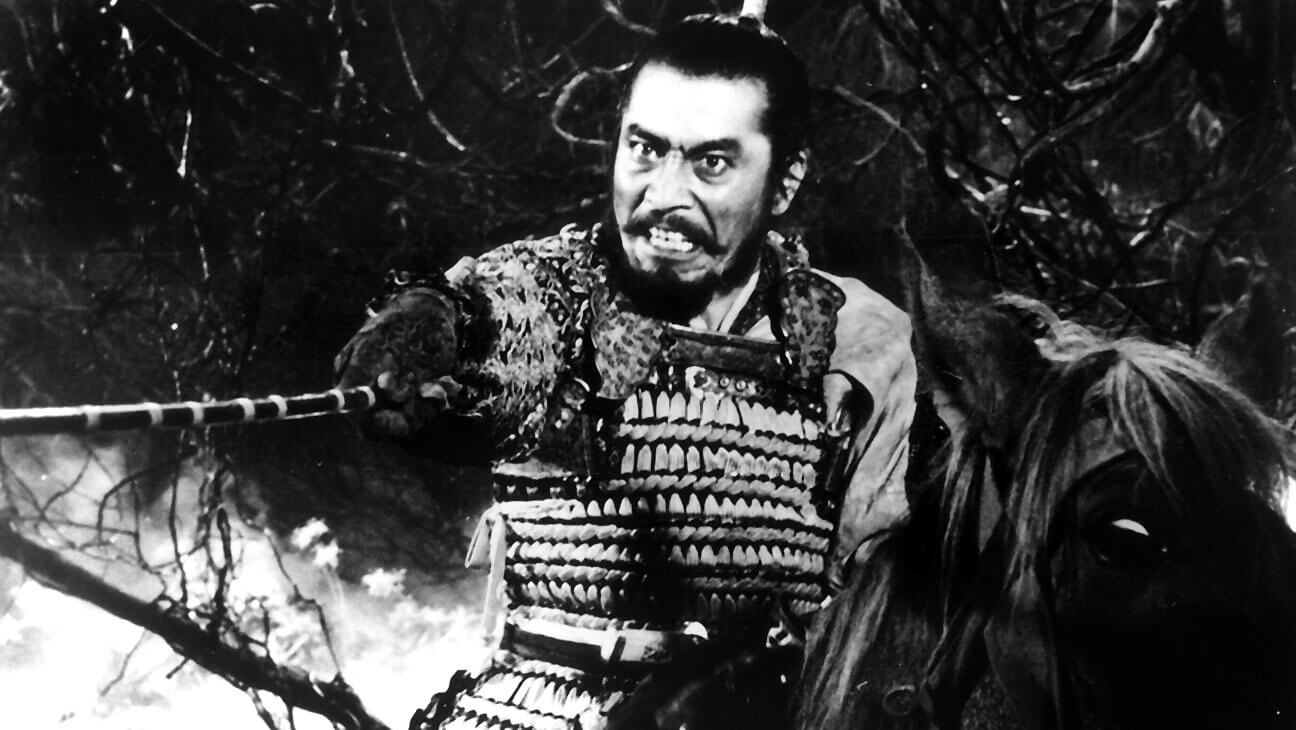 Freud and Jung
Freud and Jung
The concept of “I” in Japanese culture holds much lower importance than in European culture. Japanese people see themselves as part of nature, not its ruler. Buddhist thought teaches that a person is reborn in another form after death and that their suffering comes from desire. A Christian suffers mainly due to pride and arrogance. The original title Kumonosu-jô literally means Spider’s Web Castle. The Japanese protagonist is lured and caught like a fly in a trap. The Scottish prince’s conscience is troubled from the beginning. The witches that appear to him symbolize his conscience and lead to the self-fulfillment of the prophecy. In the Japanese version, the prophecies are visualizations of fate, reminding the character of its inevitability. Kurosawa’s Macbeth is doomed to failure and thus tragic. What is meant to happen will happen, and there is no escape from it.
Carl Gustav Jung, known for continuing Freud’s psychoanalysis, was also a researcher of Eastern cultures. He noted the differences in how Western and Eastern religions perceive (and seek) divinity. Westerners look for god and divinity outside themselves, in revelations, high in the sky. Easterners look inward, finding proof of a higher force that orders the world’s course. How then can the meaning and moral of Kurosawa’s Macbeth be related to Western methods of understanding the human being, such as the mentioned psychoanalysis? The story’s message remains unchanged. However, the path to the goal changes, as previously mentioned. It is worth examining the recurring motifs in the film (as in other works by the director) – masks and shadows.
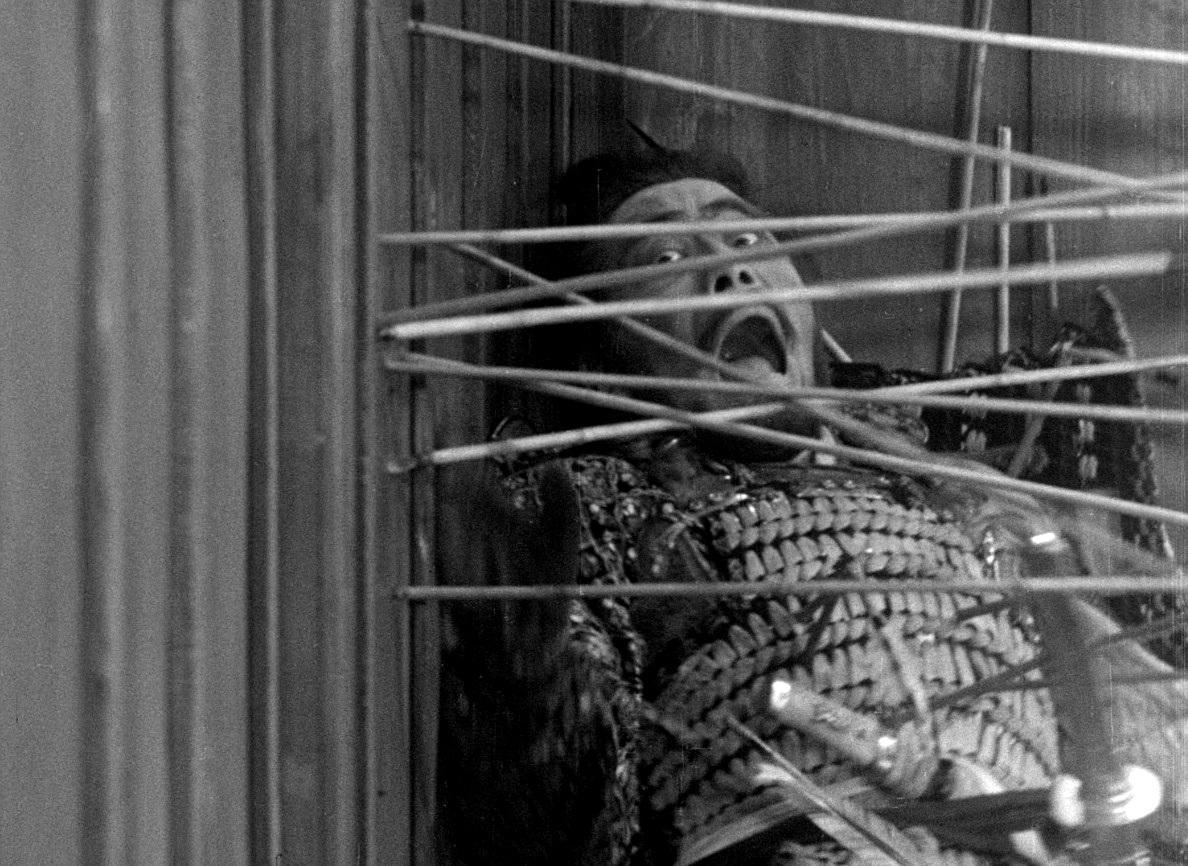
Freudian thought posits the existence of two conscious, conflicting forces within a person. The id and the ego, representing instinct and the mechanism of its control, respectively, constantly clash, directing an individual’s behavior and actions. This dual nature of the protagonist is evident in Throne of Blood, as well as in the later Kagemusha (1980, literally translated as shadow warrior). Kurosawa visually realizes this in several scenes using different techniques. In one shot, the protagonist and his friend create an almost mirror image. The significance of this image lies in the fact that Miki is the voice of reason for Washizu and represents opposing values and ambitions. Interestingly, in this interpretation, Miki’s murder may have symbolic meaning: morality is severed and gives way to instinct and desire.
In this context, could Kurosawa’s Lady Macbeth serve the role of the subconscious, the third Freudian force driving a person – this time unmanifested? She probably does. She is also the protagonist’s shadow – appearing behind him and representing the dark side of his nature.
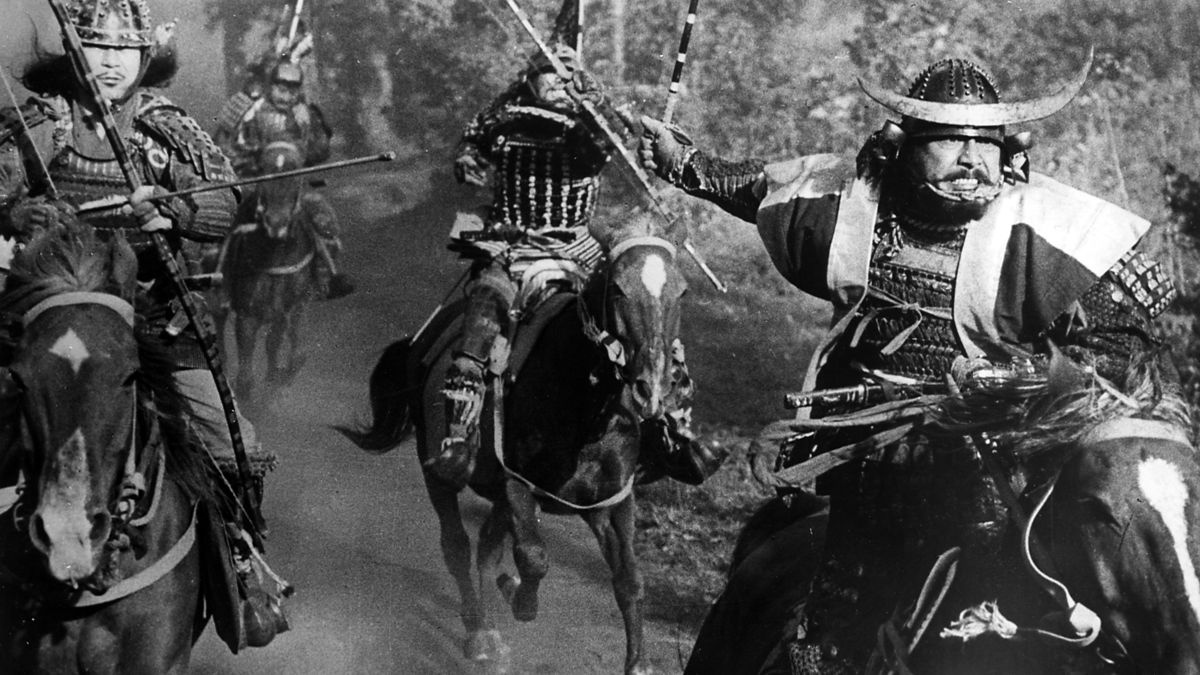
Masks and Noh Theater
The expression on the faces of the Eastern actors in Throne of Blood may evoke associations with traditional Japanese Noh theater, particularly with its essential element, masks. One category of Noh (as a genre of drama) is the story of madmen or people possessed by evil spirits. The most popular characters in such performances are warriors, gods, and demons. Masks emphasize stereotypes and render the actor’s image unreal. The makeup and characterization of the actress playing Washizu’s wife clearly reference this unreality. It is worth adding that the film tells the story of a warrior, suggests the presence of a god, and metaphorically transforms the protagonist into a demon. But whether Washizu slowly becomes this demon or his wife has been one from the beginning, hidden only by the outer shell of an immobile, artificial mask, is open to interpretation.
The aesthetics of Throne of Blood also seem to mimic the form of Noh, especially in the scenes between the prince and his wife. The historical context somewhat necessitates the film’s grand sets and elaborate costumes, and its genre affiliation demands spectacular action scenes (of which Kurosawa was a pioneer and master); however, the protagonist’s internal drama and the key decisions and dialogues take place on a modestly arranged stage with minimal use of scenic movement or typical film plans and counterplans. The static and theatrical nature of these scenes stands out against the backdrop of the rest, realized in Kurosawa’s typically kinetic and energetic style.
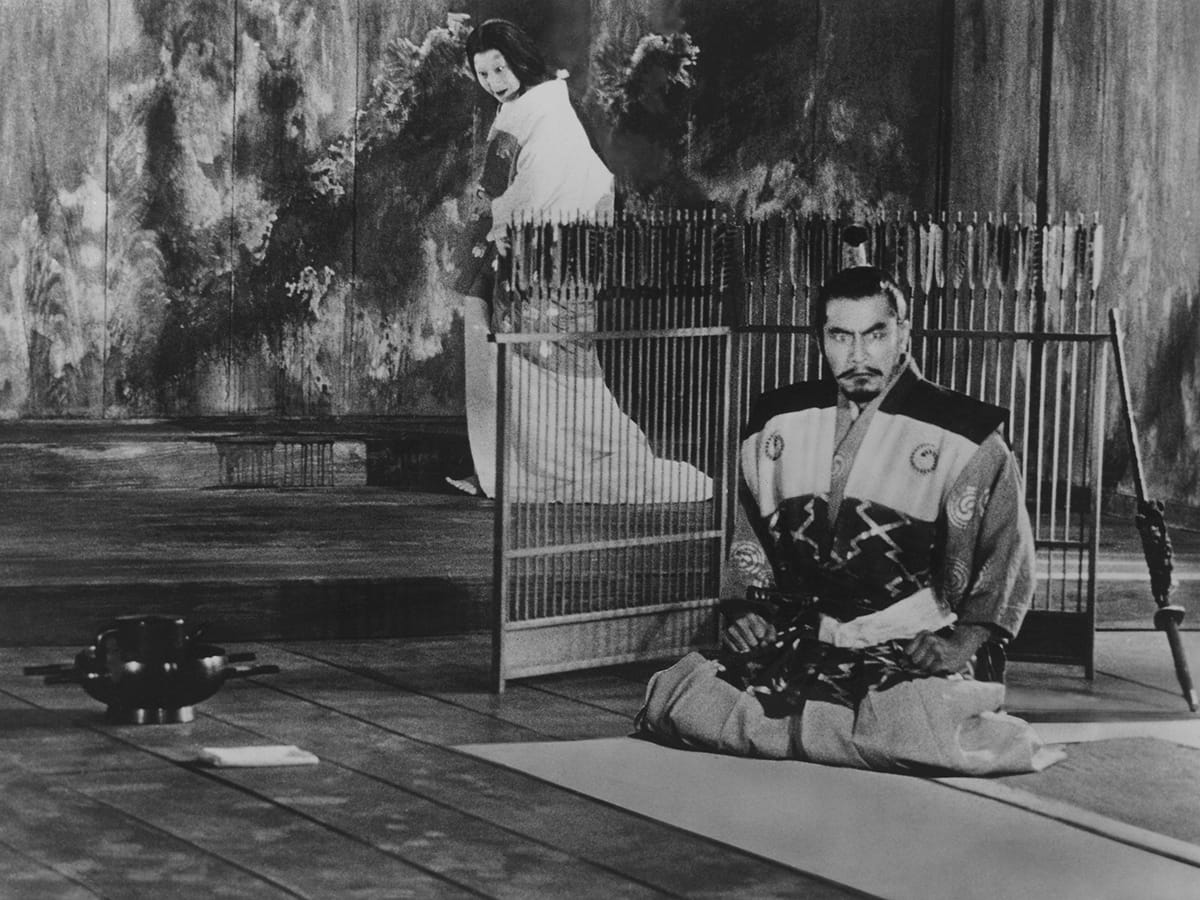
Differences Between Shakespeare’s Macbeth and Throne of Blood
Differences between Shakespeare’s Macbeth and Kurosawa’s work are, of course, visible on the surface. The scene of a lavish castle feast is naturally replaced by drinking sake. The hero’s wife, who in the original is a co-equal protagonist (Lady Macbeth is even a term used in everyday language), takes a back seat in the adaptation. However, her role in the drama is to set the prince on the right path and fuel his thoughts, while in the Japanese film, she almost directs her husband, advising him directly and openly. The scene of the hero’s decapitation is replaced by a spectacular volley of hundreds of arrows piercing the Japanese general. And so on. For those familiar with the original, watching Throne of Blood can be a fascinating challenge – finding all the differences will undoubtedly take several viewings but will bring a lot of satisfaction and knowledge. However, what makes the film unique and outstanding are the comparisons and analogies found between Western and Eastern beliefs and traditions.
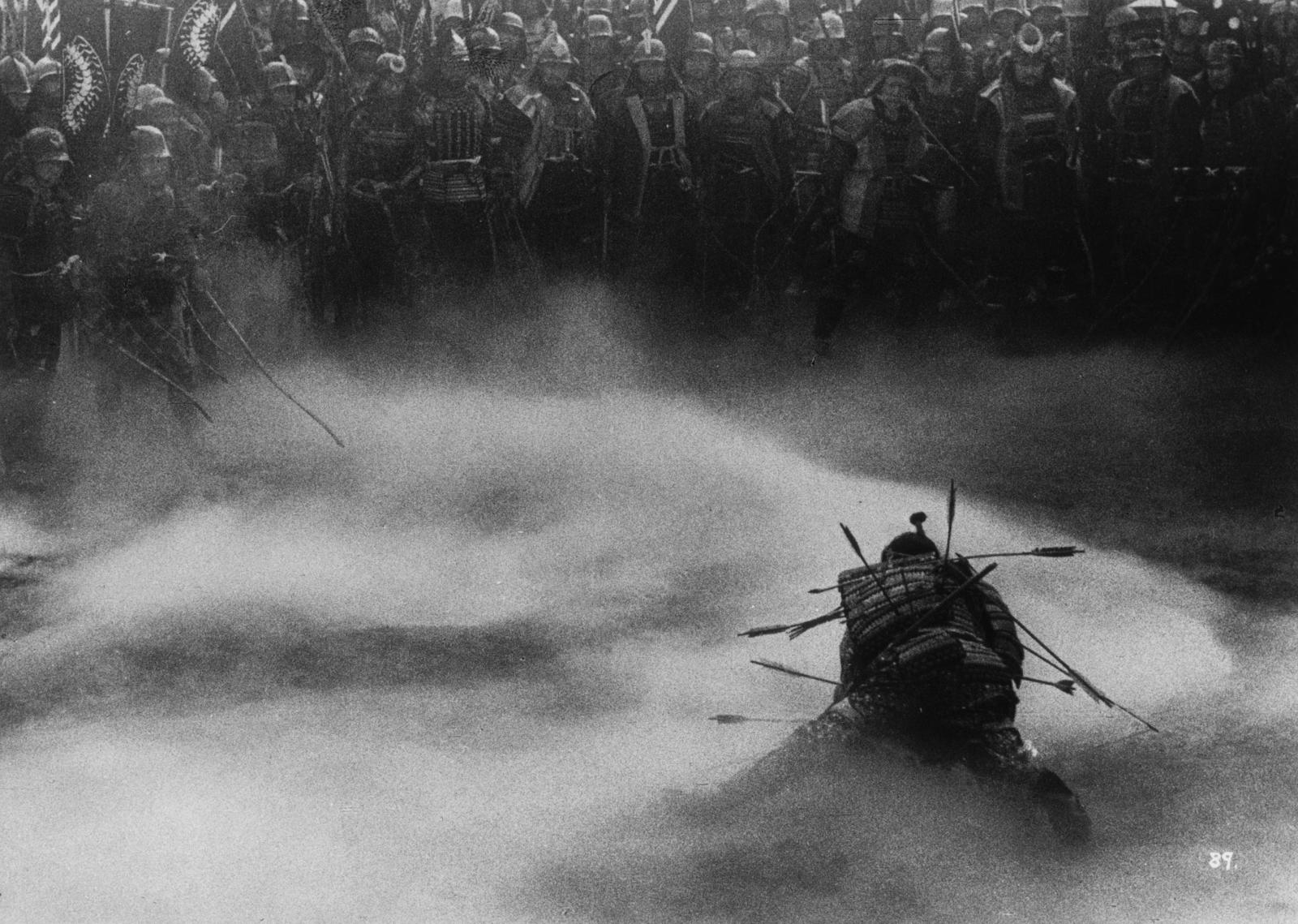
Kurosawa’s adaptation strategy assumes a much deeper vision, not only at the level of translation but also concerning the intercultural differences resulting from the origin of the original and its adaptation. Motifs drawn from Western traditions and literature are replaced by Japanese ones, allowing for a fresh look at the original and finding correspondence between foreign cultures.

